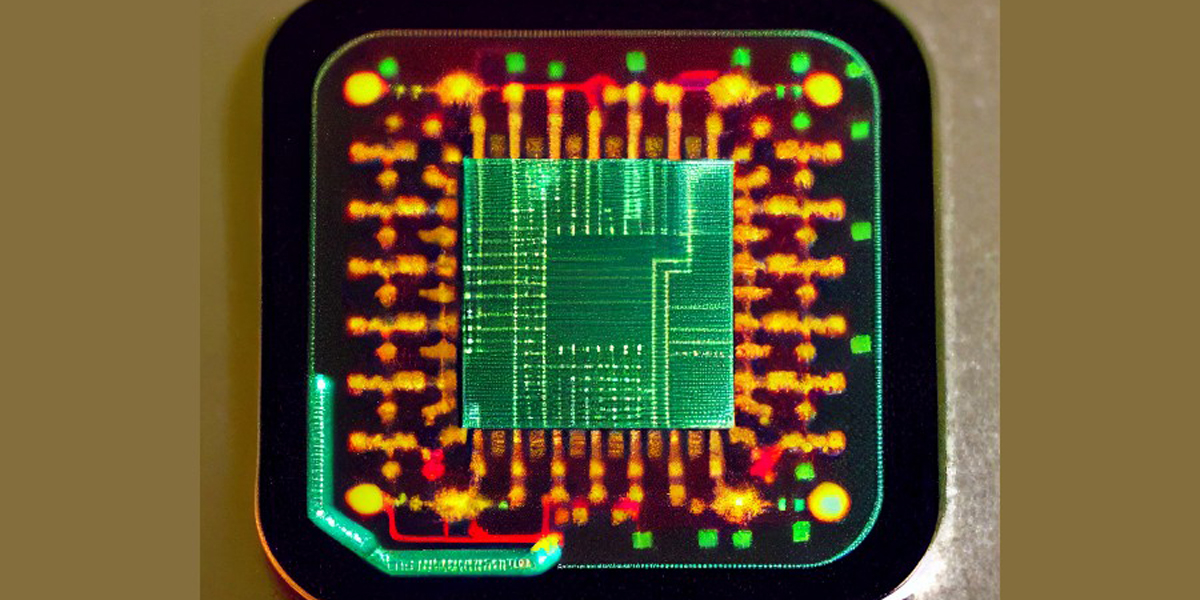
From early detection and internal treatment of diseases to futuristic applications like augmenting human memory, biological computing, or biocomputing, has the potential to revolutionize medicine and computers. Traditional computer hardware is limited in its ability to interface with living organs, which has constrained the development of medical devices. Computerized implants require a constant supply of electricity, they can cause scarring in soft tissue that makes them unusable and they cannot heal themselves the way organisms can. Through the use of biological molecules such as DNA or proteins, biocomputing has the potential to overcome these limitations.
Biocomputing is typically done either with live cells or with non-living, enzyme-free molecules. Live cells can feed themselves and can heal, but it can be difficult to redirect cells from their ordinary functions towards computation. Non-living molecules solve some of the problems of live cells, but have weak output signals and are difficult to fine-tune and regulate.
In new research published in Nature Communications, a team of researchers at the University of Minnesota has developed a platform for a third method of biocomputing: Trumpet, or Transcriptional RNA Universal Multi-Purpose GatE PlaTform.
Trumpet uses biological enzymes as catalysts for DNA-based molecular computing. Researchers performed logic gate operations, similar to operations done by all computers, in test tubes using DNA molecules. A positive gate connection resulted in a phosphorescent glow. The DNA creates a circuit, and a fluorescent RNA compound lights up when the circuit is completed, just like a lightbulb when a circuit board is tested.
The research team demonstrated that:
- The Trumpet platform has the simplicity of molecular biocomputing with added signal amplification and programmability.
- The platform is reliable for encoding all universal Boolean logic gates (NAND, NOT, NOR, AND, and OR), which are fundamental to programming languages.
- The logic gates can be stacked to build more complex circuits.
- The team developed a web-based tool facilitating the design of sequences for the Trumpet platform.
“Trumpet is a non-living molecular platform, so we don't have most of the problems of live cell engineering,” said co-author Kate Adamala, assistant professor in the College of Biological Sciences. “We don't have to overcome evolutionary limitations against forcing cells to do things they don't want to do. This also gives Trumpet more stability and reliability, with our logic gates avoiding the leakage problems of live cell operations.”
While Trumpet is still in early experimental stages, it has tremendous potential in the future. “It could make a lot of long-term neural implants possible. The applications could range from strictly medical, like healing damaged nerve connections or controlling prosthetics, to more sci-fi applications like entertainment or learning and augmented memory,” said Adamala.
Lead author and Ph.D. candidate Judee Sharon is using Trumpet to develop biomedical applications for early diagnosis of cancer. Another possible application is “theranostics” – combined medical diagnostics and therapeutics inside the body. For instance, a biological circuit could detect low insulin levels in a diabetes patient and activate proteins to manufacture the needed insulin. This kind of device could be small enough to circulate in the bloodstream of a patient.
The research is a joint project by the Department of Genetics, Cellular Biology, and Development at the College of Biological Science and the Department of Computer Science at the College of Science and Engineering.
Read the full release on the UMN news website.